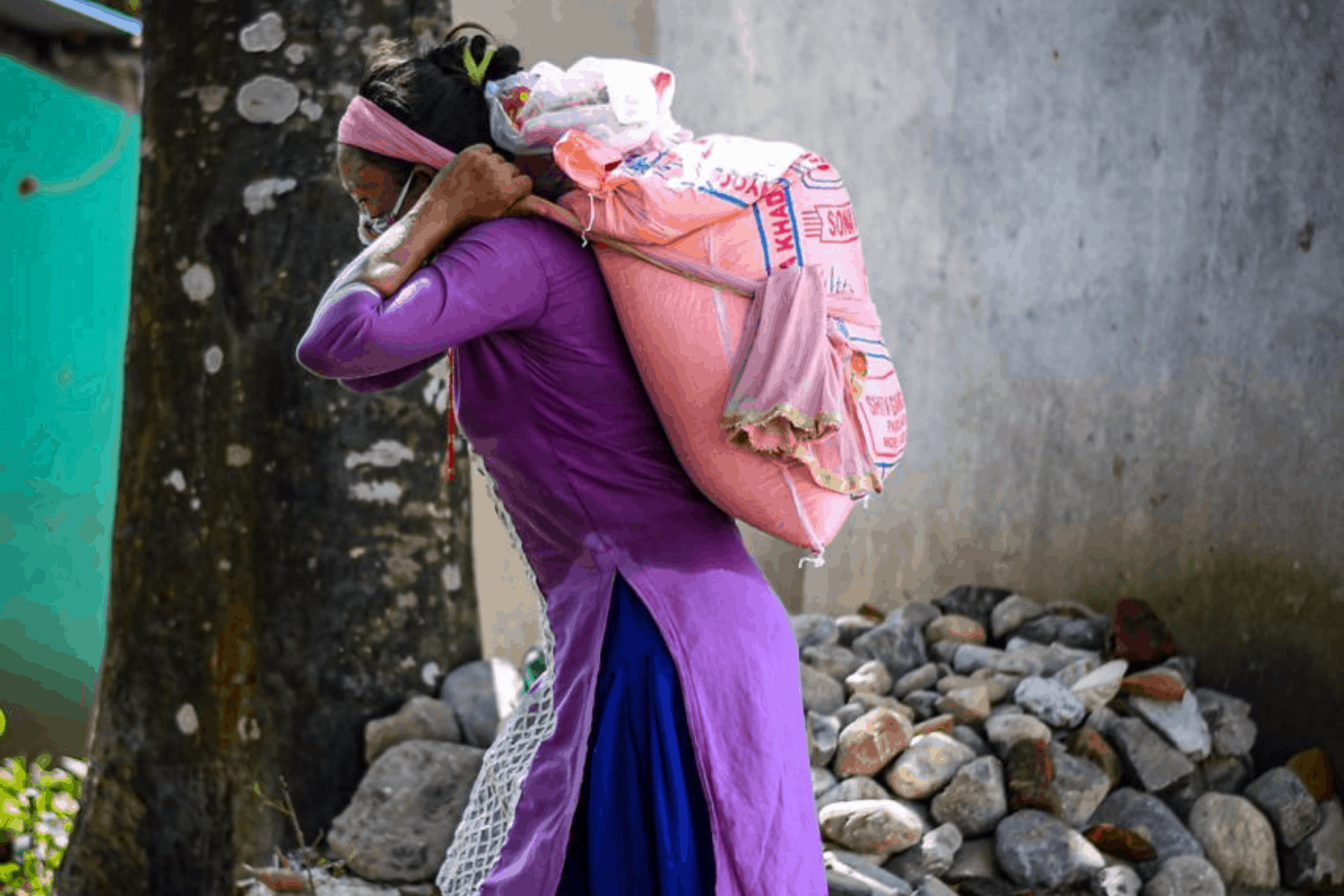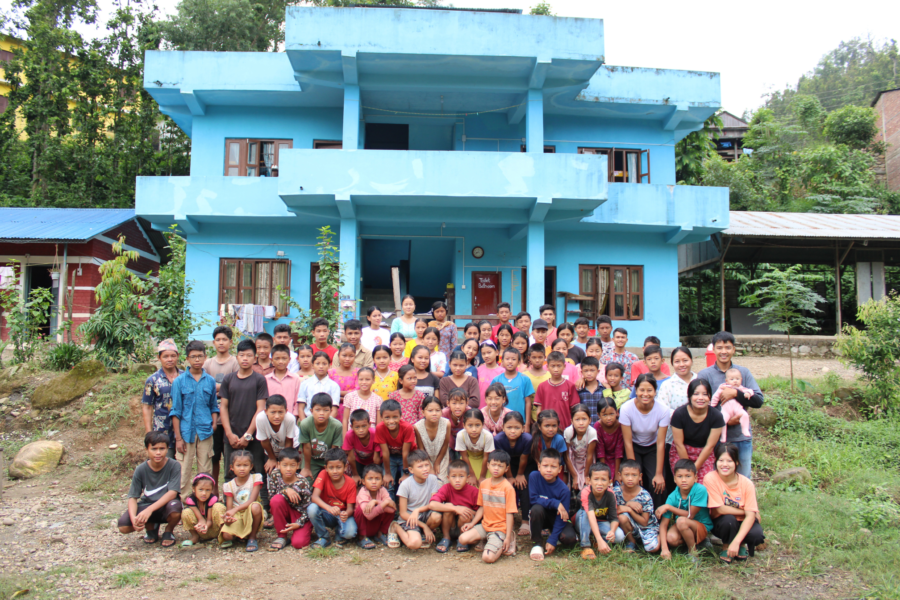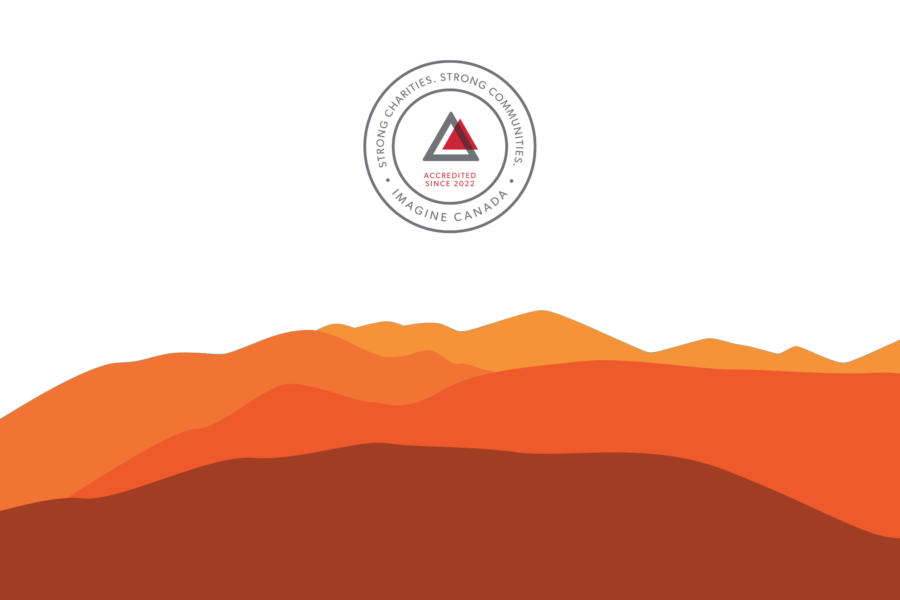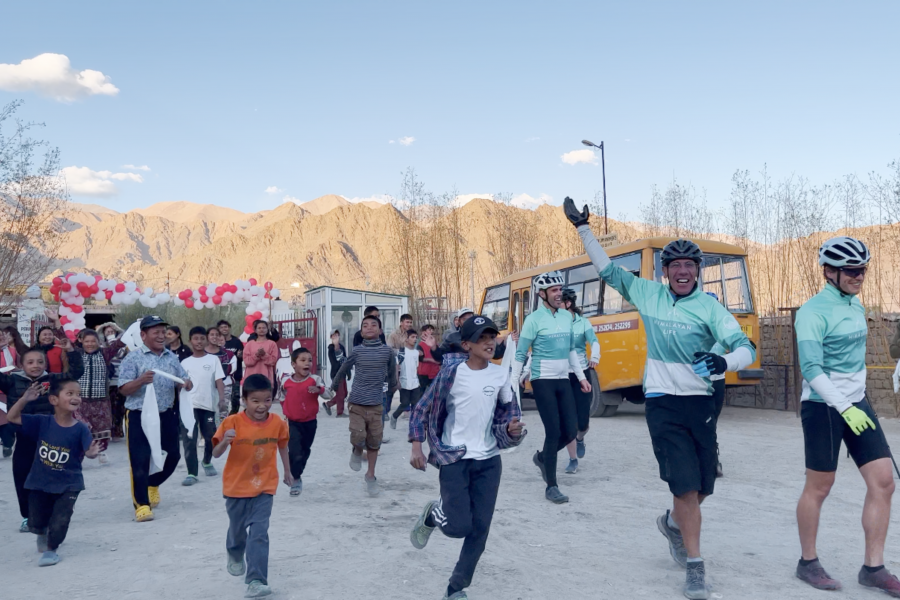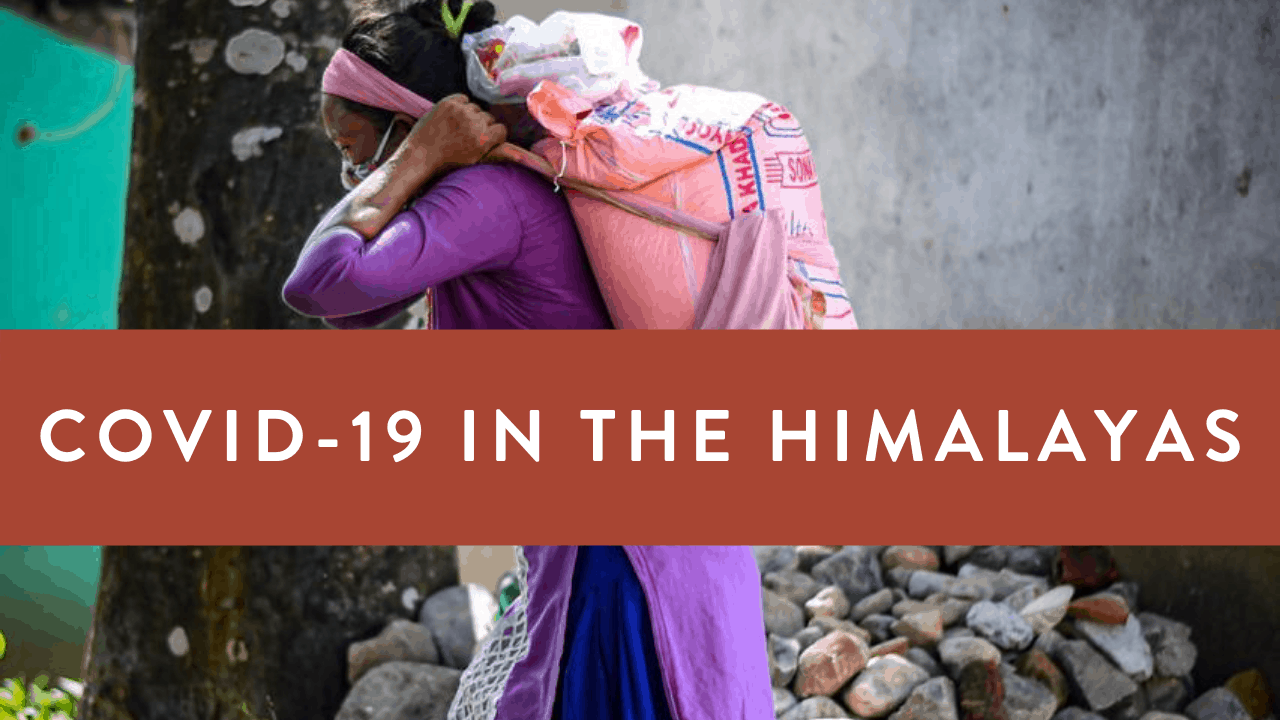
A tidal wave of poverty is sweeping across South Asia as a result of COVID-19. Nepal has been hit particularly hard as its economy relies heavily on remittance and tourism. With continued lockdowns forcing migrant workers to come home and daily labourers to stop working, the loss of income and livelihood is immense.
In the coming weeks, we will be looking at how the pandemic has affected the country of Nepal and how Himalayan Life has set out to meet these growing needs through providing relief and education to families and communities.
Migrant Worker Reality
Nepal is the fifth-most remittance dependent economy in the world. In 2018, remittance accounted for 28% of Nepal’s GDP. Millions of Nepalese migrant workers provide income for their families by working mostly menial labour jobs across South Asia and the Middle East.
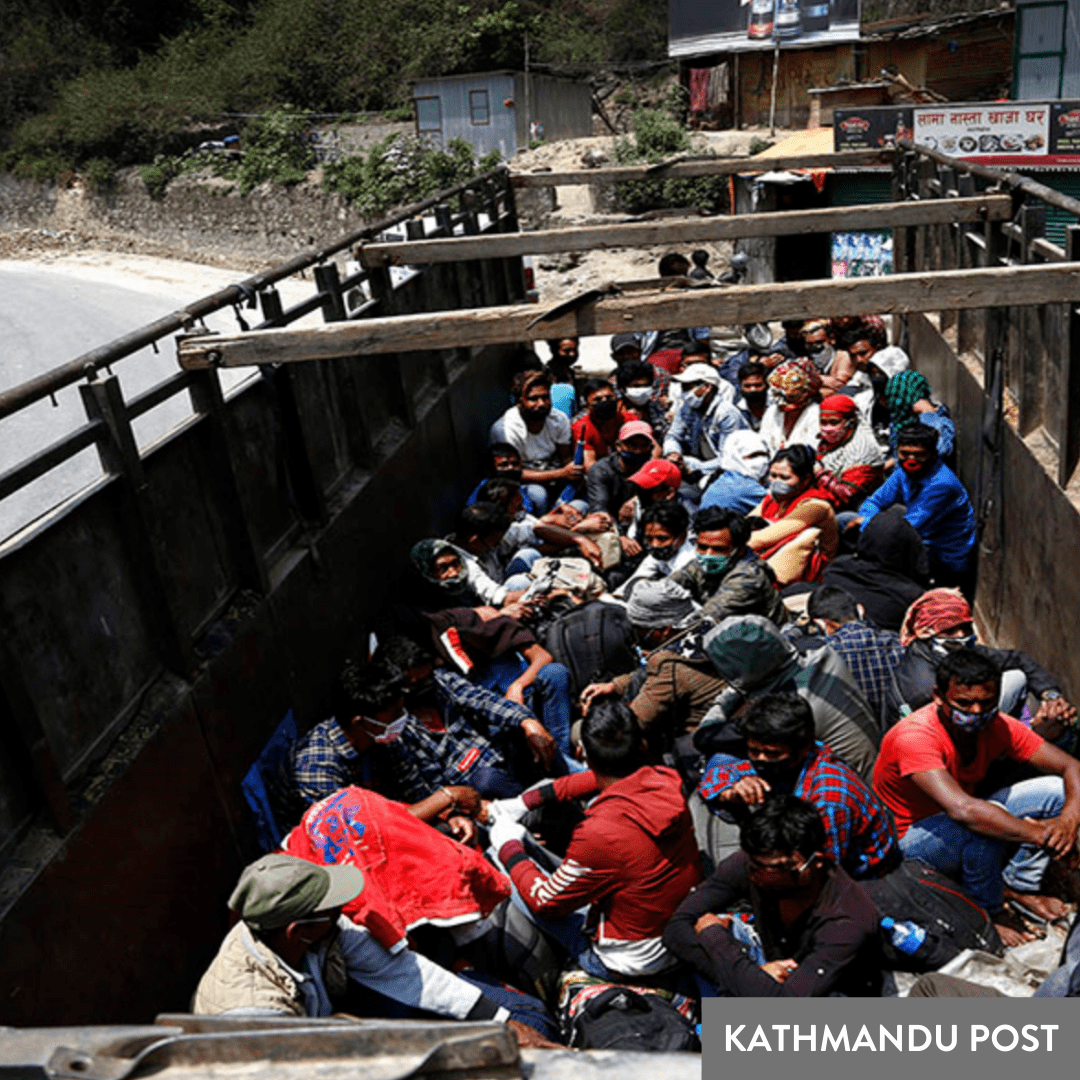
Due to COVID lockdowns and closed borders, they are returning home without savings, and with no perspective of employment. In the absence of any help from the government, their families are facing severe poverty.
Urban Poverty Effects
There are many families in Nepal that depend on daily labour to sustain their livelihood. Working hand to mouth, these families often don’t have enough savings or food storage to last more than one week. Across the Himalayas, lockdowns due to COVID-19 have threatened their very survival as many daily labourers are more afraid of starvation than COVID-19.
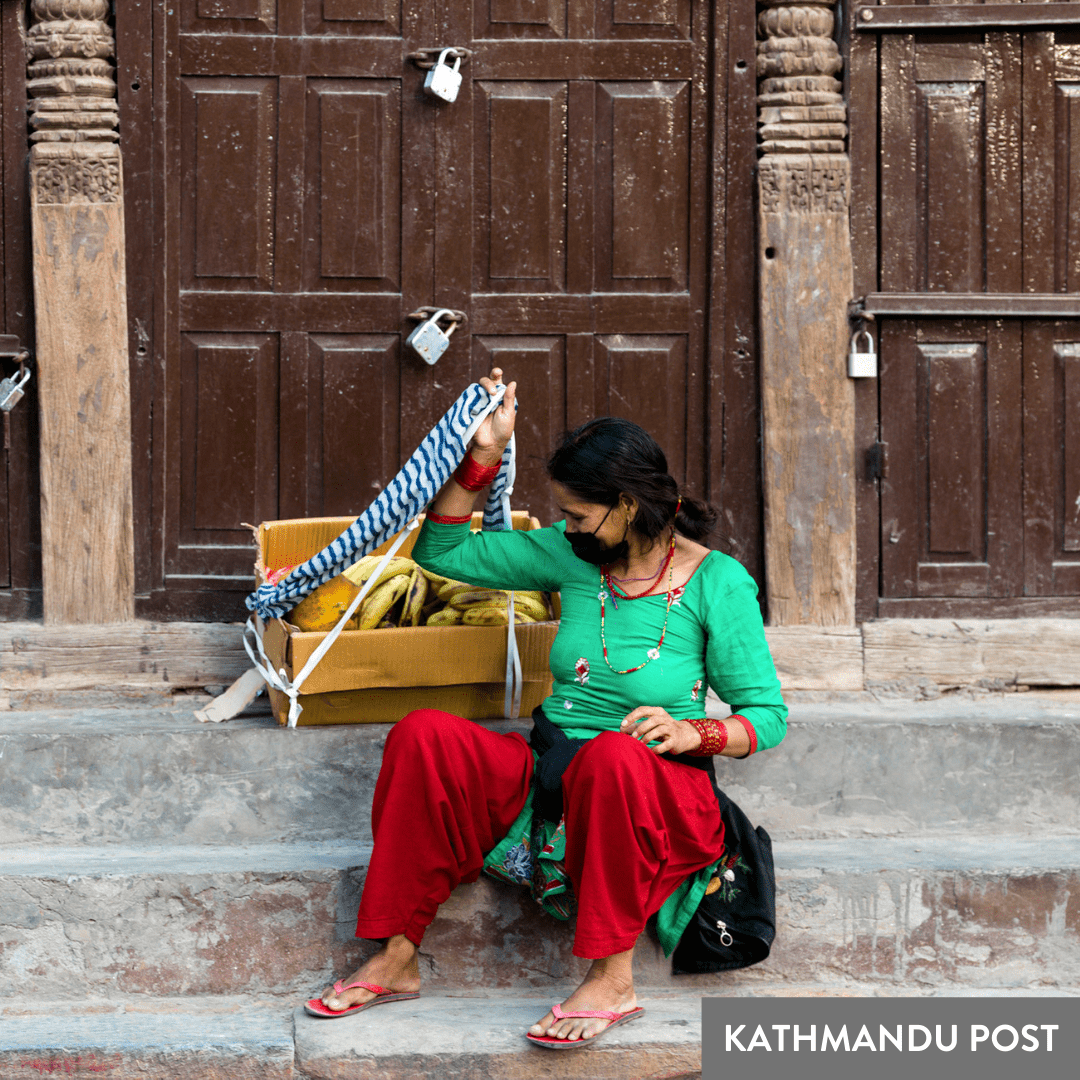
With increased financial pressure on families, there have been correlations with increases in child trafficking, suicide rates and urban poverty across the Himalayas. With little government safety nets for these families, Himalayan Life has made efforts to close the gap. Stay tuned for more.
Read more about how Himalayan Life Chitwan is addressing this need here.
Sources: KNOMAD + Kathmandu Post

